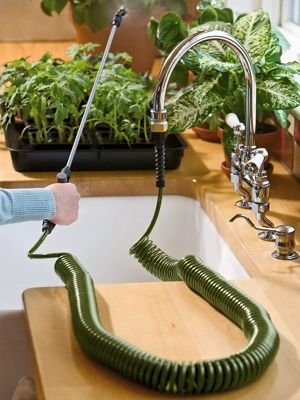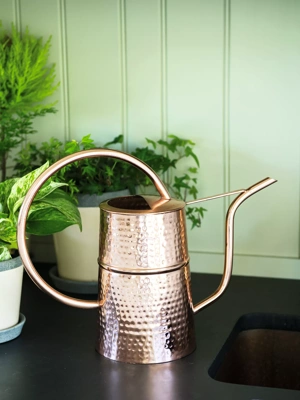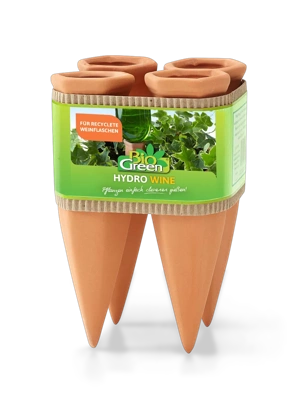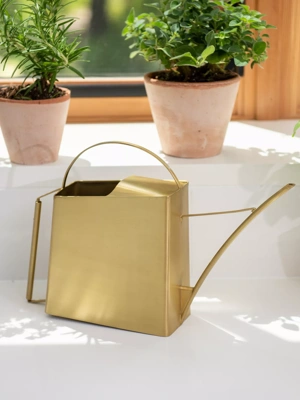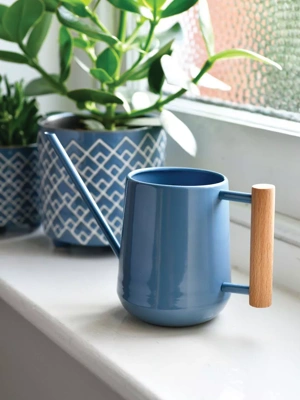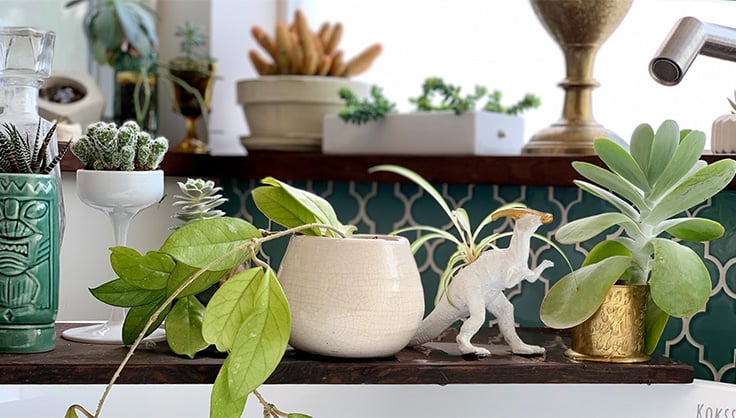How to Water Your Houseplants
Houseplant Watering 101
As people, we need small amounts of water frequently — but plants need a very different approach. In this video, Ellen, one of our employee-owners and houseplant experts, leads you through the dos and don'ts of watering your plants. Learn how to tell when a plant needs water, how much water to give it, and how to make sure all the soil in the pot gets adequately hydrated.
Water Requirements of Different Houseplants
Is there a houseplant watering schedule?
No. Houseplants have different water needs that vary depending on the age and health of the plant, temperature of the room, type of container (plastic vs. terracotta vs. metal), the type of growing medium (aka potting soil), and whether or not the plant is flowering, fruiting, actively growing, or just going dormant.
In short, it's best to monitor each plant individually and potentially experiment with the frequency and amount you water.
That being said, the water requirements of different species is generally influenced by its native range (where it evolved in the wild). For example, desert succulents and cacti have many adaptations to storing and conserving water — as houseplants, they prefer to be kept a bit drier.
| Prefers To Be Dry | Water When Soil Surface is Dry | Prefers To Be Kept Moist |
|
|
|
Signs Your Houseplants Are Overwatered
- Leaves are wilting and yellowing
- Stems are mushy and losing turgidity
- Roots are grey/brown and slimy or mushy (a sign of root rot)
- Fungus gnats
Signs Your Houseplants Are Underwatered
- Leaves are brittle, crispy, or curling up at the tips
- Soil is hard, compacted, and pulling away from the outside of the container
- The weight of the pot or comtainer is significantly lighter than usual
Last updated: 11/14/2023
Print this Article:
Related items
Related Articles
Get the Dirt
Stay up to date on new articles and advice. Please fill out the information below.

